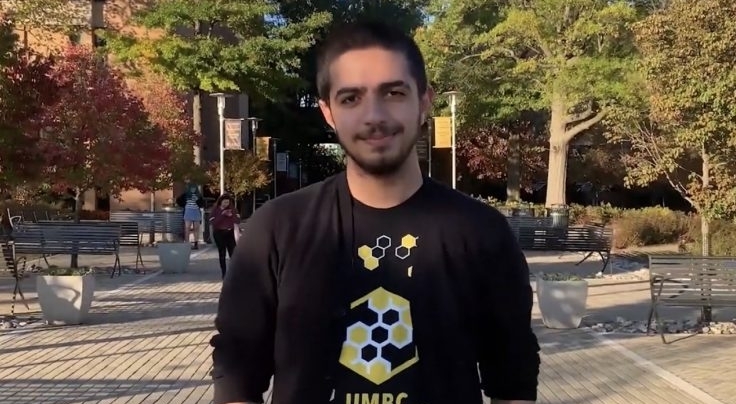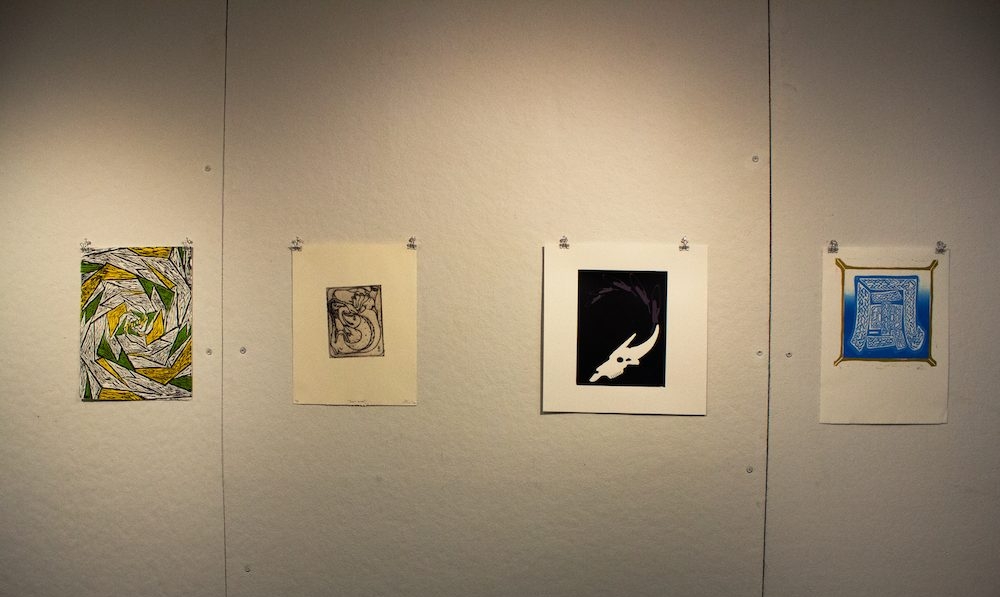“I’ll catch them in the act – from now on, all these students trying to pull a fast one on me won’t succeed. I’m sick of it. I’m sick of the inconsiderate manner in which they carry themselves into my classroom, wasting my time and energy just staring off into space during class. I won’t tolerate it any longer.” This was Professor Franksberg’s response after being questioned about the reasoning behind his creation of an intoxication alarm.
Development for the alarm, which Franksberg named Sobriety Health Test for Crapulous Detection, or SHTFCD, began in January 2018 after students returned to school from winter break. Franksberg detailed several accounts of misconduct and inappropriate behavior by intoxicated students during instructional time which ultimately lead to the idea and development of SHTFCD.
The alarm was designed to alert professors upon entrance of an intoxicated student into their classroom. “It’s quite simple, really,” Franksberg said, adding, “The device is placed on the top of the door frame, so any student walking into my classroom must pass underneath of it. I placed a sensor within the top lining, such that it will blink red if the student has any alcohol in their system.”
Franskberg hopes that by making it known to students that the device will be in use, professors will see a significant reduction in students showing up to class intoxicated. However, he does not believe this will result in lower class attendance overall.
“The purpose of the alarm is not to dissuade students from coming to class because they are intoxicated in the first place, it is to remind them that, come Monday morning, they are expected to be in class and coherent and that maybe they will re-think their Sunday night plans.”
The alarm is currently scheduled for implementation in the engineering building beginning on April 1, 2018. Weekly assessments of the device will be made and at the end of the month the results will be analyzed to determine a further course of action.
UMBC administration will make their final decision regarding continued usage of the device on April 30, and, if deemed a useful tool to professors, SHTFCD will be placed on classroom doors campus wide. Administration will also discuss the consequences should the alarm blink red in indication of an intoxicated student entering the classroom, and plan on announcing a five step discipline plan should this occur.
Franksberg believes that his alarm “should be placed in every room across campus,” adding, “I know from talking with other staff members that I am not the only one experiencing this blatant lack of respect from students. SHTFCD will encourage students to think twice before showing up to my class, or any other class plastered.”
He also mentioned that he has already reached out to several other college engineering departments, including those from the University of Maryland, College Park, Towson University, Howard County Community College and Salisbury University. Thus far, he has received ample support for the product and believes there is a large market of interest.
He addressed concerns regarding privacy of students by stating that if the student makes the conscious decision to come to class intoxicated, their right to privacy is already compromised by the illegal nature of their actions. Therefore the alarm is not violating any campus or statewide rules by alerting him of illegal substances the student has consumed.
Another concern voiced to Franksberg during beta testing was whether or not the alarm could differentiate between substances consumed. Take, for example, a student with a medication that contains ingredients used in programming to alert the sensor of any illegal substance consumed by the student. Franksberg assures patrons that testing of the alarm went very well and that SHTFCD has yet to beep red under any circumstances other than an intoxicated person walking underneath of it.
For more information, visit http://franksbergalarm158902983759302.net.

